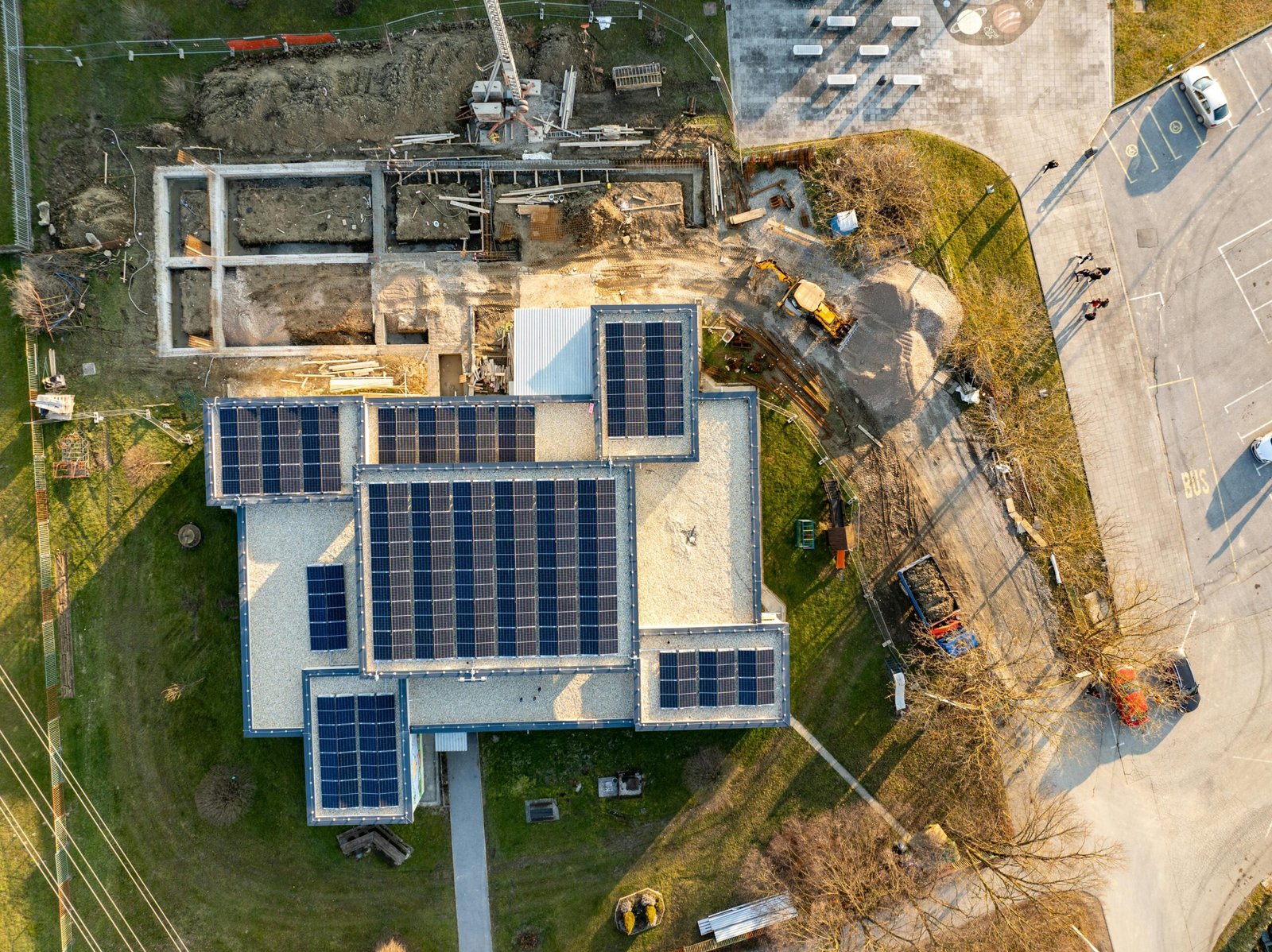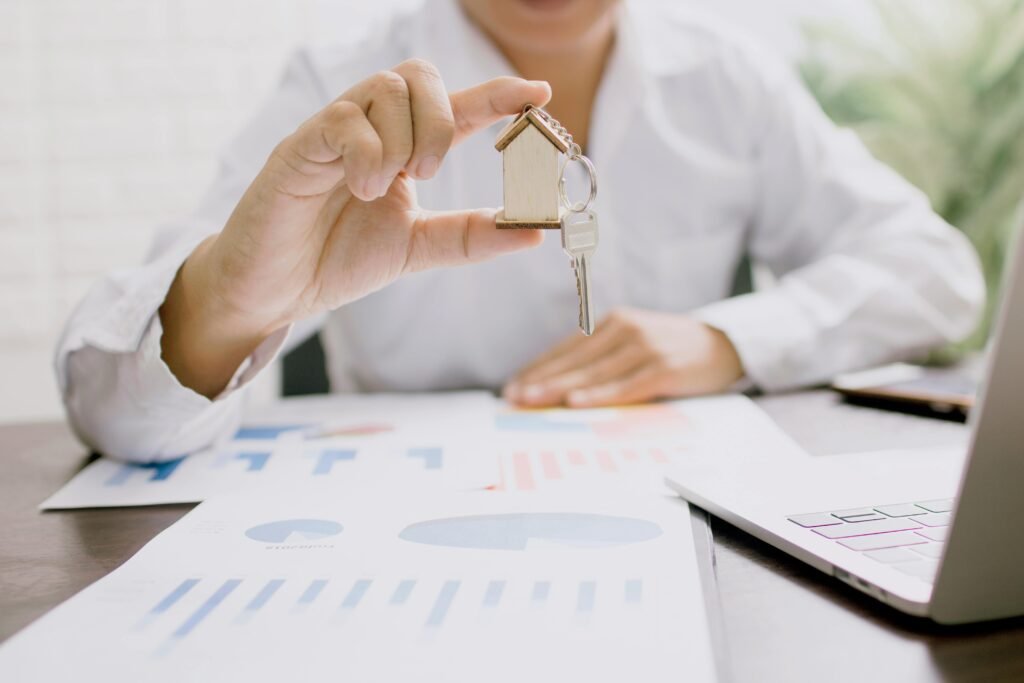How to Evaluate the Environmental Impact of a Property Before Investing

Why Evaluating Environmental Impact Is a Smart Investment Move in 2025
The real estate landscape is evolving fast. Today, savvy investors don’t just look at location, price, or market trends—they scrutinize the environmental impact of a property before committing capital. Why? Because a property’s ecological footprint influences everything from regulatory compliance and operating costs to tenant appeal and future resale value.
In 2025, properties with poor environmental performance can lead to costly surprises—from higher energy bills and fines to difficulty securing financing or leasing. On the flip side, green properties often benefit from lower costs, incentives, and premium valuations.
This guide will walk you through the key steps and tools to effectively evaluate a property’s environmental impact, ensuring your investment aligns with both your financial goals and sustainability values.
Step 1: Understand What “Environmental Impact” Means in Property Investment
Before diving into evaluation methods, it’s crucial to define what we mean by environmental impact in real estate:
- Carbon footprint: Total greenhouse gas emissions associated with the building’s construction, operation, and maintenance.
- Energy consumption: How much energy the property uses and how efficient that energy use is.
- Water use: Efficiency of water systems and any water-saving technologies installed.
- Waste management: How waste (construction and operational) is handled, including recycling and reduction practices.
- Materials and resources: Types of building materials used, focusing on renewables, recycled content, and toxicity.
- Biodiversity and site impact: How the building affects local ecosystems, green spaces, and natural habitats.
- Indoor environmental quality: Air quality, lighting, acoustics, and materials affecting occupant health.
Knowing these dimensions will guide your investigation and conversations with developers, managers, and experts.
Step 2: Check for Green Building Certifications and Ratings
One of the quickest ways to gauge environmental impact is by reviewing the property’s certifications. Certified buildings have been independently audited and scored based on sustainability criteria.
Popular Certifications to Look For:
- BREEAM (Building Research Establishment Environmental Assessment Method): Widely used in the UK and Europe, covering energy, water, materials, ecology, and pollution.
- LEED (Leadership in Energy and Environmental Design): International standard focusing on energy, water efficiency, indoor environment, and site sustainability.
- WELL Building Standard: Focuses on occupant health and wellness, including air and water quality.
- Passivhaus: High energy-efficiency standard, emphasizing ultra-low energy consumption.
- Energy Performance Certificate (EPC): UK-specific rating showing a building’s energy efficiency from A (most efficient) to G (least).
Tip: Always ask for the latest certification reports. If the property isn’t certified, inquire why — it could be a red flag or an opportunity if the building can be retrofitted.
Step 3: Analyze Energy Usage and Efficiency
Energy consumption is a major contributor to environmental impact and operational costs. Here’s how to assess it:
- Request utility bills or energy reports: Review historical data on electricity, gas, and water consumption.
- Look for renewable energy sources: Solar panels, wind turbines, geothermal systems, or participation in green energy purchasing programs reduce carbon footprint.
- Inspect energy-efficient systems: HVAC units, LED lighting, insulation quality, and smart thermostats all play a role.
- Evaluate building automation systems: Modern buildings often use smart controls to optimize energy use dynamically.
Why it matters:
Buildings typically account for 40% of global energy consumption and 30% of CO2 emissions (International Energy Agency). Lower consumption means less environmental impact and often higher net operating income.
Step 4: Assess Water Efficiency and Management
Water scarcity and treatment impact both environmental and financial sustainability.
- Check for low-flow fixtures: Toilets, taps, and showers that conserve water.
- Investigate rainwater harvesting or greywater reuse systems: These reduce demand on municipal supplies.
- Assess landscaping and irrigation: Native plants and smart irrigation systems minimize water use.
A property that conserves water well can reduce utility bills and contribute positively to its environmental footprint.
Step 5: Review Building Materials and Construction Practices
Construction materials determine the embodied carbon footprint and long-term environmental performance.
- Ask about material sourcing: Are materials locally sourced, recycled, or renewable?
- Look for low-VOC (Volatile Organic Compounds) paints and finishes: These improve indoor air quality.
- Check for sustainable wood certifications: Such as FSC (Forest Stewardship Council).
- Investigate waste management during construction: Efficient recycling and waste reduction reduce environmental harm.
Retrofitting an older building with eco-friendly materials can be a great way to improve its impact.
Step 6: Evaluate Site Ecology and Biodiversity Impact
Environmental impact goes beyond the building—it includes how the property affects its surroundings.
- Is the site located near protected habitats?
- Does it include green spaces or landscaping that support local flora and fauna?
- Are green roofs or walls part of the design?
- Does the site contribute to urban heat island mitigation?
Investing in properties that support or enhance biodiversity is increasingly valued by regulators and tenants alike.
Step 7: Consider Indoor Environmental Quality (IEQ)
IEQ significantly affects occupant health, productivity, and satisfaction, and can also be a competitive advantage in leasing.
- Check for good ventilation and air filtration systems that reduce pollutants.
- Assess natural daylight access and artificial lighting designed to support circadian rhythms.
- Look for acoustic comfort features and non-toxic materials.
- Review temperature control and humidity regulation systems.
A property with excellent IEQ often commands better tenant retention and higher rents.
Step 8: Use Environmental Impact Assessment (EIA) Tools and Services
Professional tools and consulting can provide deeper, data-driven insights:
- Carbon footprint calculators: Many online tools and apps allow you to input building specs and operational data to estimate carbon emissions.
- Energy modelling software: Tools like EnergyPlus, IES VE, or DesignBuilder simulate energy performance.
- Lifecycle assessments (LCA): Evaluate the total environmental impact from material extraction through disposal.
- Third-party consultants: Sustainability or environmental engineers can conduct thorough audits and provide improvement recommendations.
If you’re serious about green investing, commissioning an EIA is often worth the upfront cost.
Step 9: Review Regulatory Compliance and Incentives
Different countries and municipalities have varying environmental regulations and incentive programs.
- Check for compliance with building codes related to energy efficiency, emissions, and waste.
- Research local grants or tax incentives for green buildings or retrofits.
- Investigate potential carbon pricing or emissions trading schemes affecting the property’s operational costs.
- Understand any future zoning changes or mandates related to sustainability.
Staying ahead of regulatory trends can protect your investment from unexpected liabilities.
Step 10: Analyze Financial Implications and Market Trends
Finally, it’s crucial to marry environmental analysis with financial data:
- Properties with strong environmental credentials often enjoy higher occupancy rates, lower vacancy, and premium rents.
- Energy and water efficiency improvements directly reduce operating expenses.
- Green properties can access preferential financing options, like green bonds or loans with lower interest rates.
- Increasingly, insurers provide better terms for environmentally responsible buildings.
- The market is trending towards penalizing carbon-intensive assets, leading to stranded asset risks.
A holistic evaluation ensures your property’s environmental impact enhances your portfolio’s resilience and profitability.
Conclusion: The Path to Confident, Sustainable Property Investment
Evaluating a property’s environmental impact is no longer optional—it’s fundamental to smart, future-proof investing. By systematically assessing carbon emissions, energy and water efficiency, material sustainability, site ecology, indoor environmental quality, and regulatory context, you position yourself to make investments that are not only financially sound but also contribute to a healthier planet.
At Real Estate Investment Advisor UK, we specialise in guiding investors through this complex evaluation process. From detailed environmental due diligence to integrating sustainability into your broader investment strategy, we help you maximise value while minimising risk.




